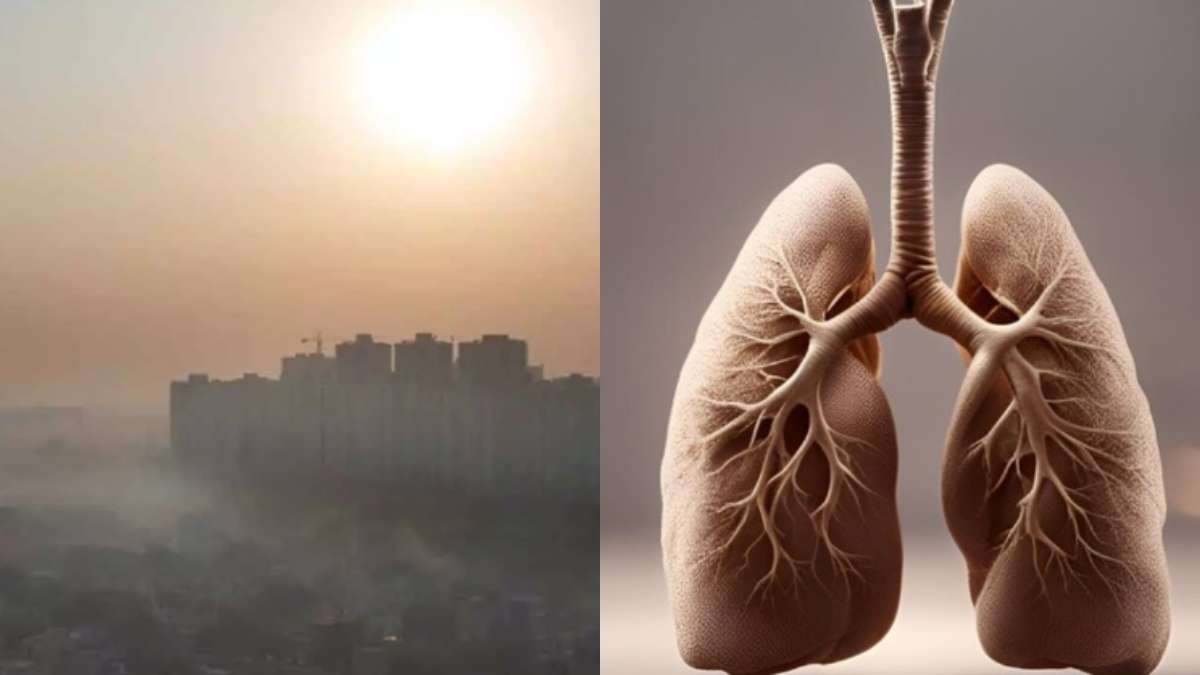
Declining air quality is detrimental to the health of all individuals in society in multiple ways. Children, the elderly, and those with existing lung diseases are at a higher risk of suffering respiratory consequences. Cough with or without phlegm, sore throat and breathlessness are the likely respiratory symptoms one faces on exposure to air with high particulate matter levels. Generally, a patient with an underlying lung ailment tends to suffer prolonged symptoms even otherwise, but the fraction of patients complaining of a longer-than-usual cough is high.
Short-term effects of poor air quality on lung health
When we spoke to Dr Mihir Gangakhedkar, Consultant Pulmonology, Fortis Hospital, Mulund, regarding the same, he said, the short-term effects of exposure to poorer quality of air would be repeated respiratory tract symptoms, which can at times affect the patient’s professional output as well. A persistent dry cough may also disturb one’s sleep, which eventually impacts one’s daytime performance. In children, the repeated symptoms may lead to sick leaves from school and reduced capacity to participate in playtime activities. Patients with underlying lung ailments may even suffer from acute flare-ups which result in them needing an up-titration in medication, an emergency room visit or even a hospitalization.
Long-term effects of poor air quality on lung health
In the long term, poor air quality does have a damaging effect on the lungs. The number of individuals with airway disorders like Asthma and Chronic Obstructive Pulmonary Disease (COPD) in the affected population goes up. There is data to suggest a link between prolonged exposure to suspended particulate matter and Lung Cancer. There is an increased risk of death in patients with existing cardiovascular diseases on persistent exposure to poor-quality air. With repeated flares in young children, the growth of the lung is affected, and they may not reach their potential or expected capacities by young adulthood & be healthy. Similarly, every flare in a patient with lung illness is associated with a fall in the lung capacity, which needs an inter-flare period to recover. However, with a shorter inter-flare period and incomplete recovery, the patients remain at risk for further episodic worsening of lower lung capacities at the time of flare, and higher severity of the exacerbation.
Prevention tips
As precautions, one can use masks, especially N95 or N99, as they are more effective in filtering out pollutants, avoid exercising outdoors, and plant trees, among others. Therefore, efforts to improve air quality are essential to maintaining the present health of the people and for ensuring the future health of the children in society.
ALSO READ: World Environment Day 2024: Here’s how heat waves are increasing the risk of heart health





